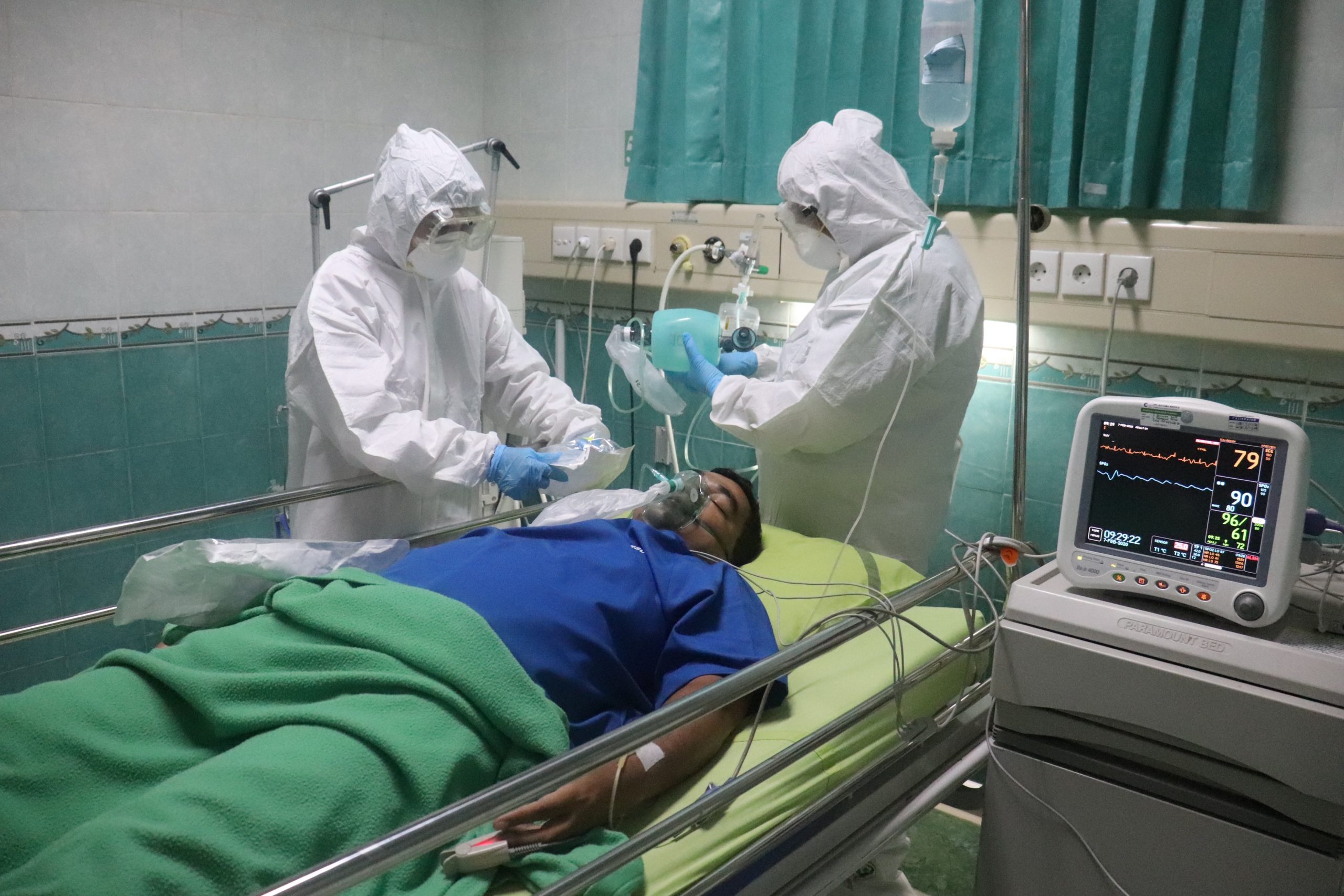35% of patients who contracted MERS-CoV have passed away in the last decade due to virus-related complications.
The second case of Middle East Respiratory Syndrome (MERS-CoV) has been confirmed in Qatar less than a month before the virus made its first appearance in the Gulf nation.
Qatar’s Ministry of Public Health revealed that the case was declared on 3 April, 2022, and is a male citizen aged 85 years who sufferes from multiple chronic illnesses.
The patient had direct contact with camels and had previously travelled outside the country. According to the ministry’s statement, the patient developed symptoms before his arrival in Qatar and was later admitted to the hospital upon landing in the country.
He is receiving all the necessary medical care in accordance with the national protocol to deal with confirmed or suspected cases of the disease, the ministry added.
Health authorities are calling on the community, particularly persons with chronic diseases or immunodeficiency disorders, to adhere to public hygiene measures to ensure their safety and well-being.
The measures include washing hands regularly with soap and water, using hand sanitiser and avoiding contact with camels.
Any person experiencing symptoms of the virus should seek medical advice immediately.
What is Middle East Respiratory Syndrome?
MERS-CoV has been identified in camels in several countries in the Middle East, Africa, and South Asia since 2012. It is transmitted to humans from infected dromedaries through direct or indirect contact with the animal.
In total, around 27 countries have reported cases in the past decade and 858 related deaths have been reported due to the infection.
The World Health Organisation stated that 35% of patients with MERS-CoV have died, but the percentage may be overestimated, given that mild cases may be missed by existing surveillance systems.
Viral respiratory disease can pass from person to person through cough droplets. Research, however, has proven that the virus is not very contagious amongst people unless they come in close contact.
It is caused by one of the coronaviruses (MERS-CoV), but differs from the current Covid-19 virus in terms of source of infection, mode of transmission, and disease severity. It belongs to the same coronavirus group that includes SARS and the common cold.
Similar to Covid-19, the symptoms include fever, coughing, difficulty breathing, diarrhea and vomiting.
Follow Doha News on Twitter, Instagram, Facebook and Youtube.







